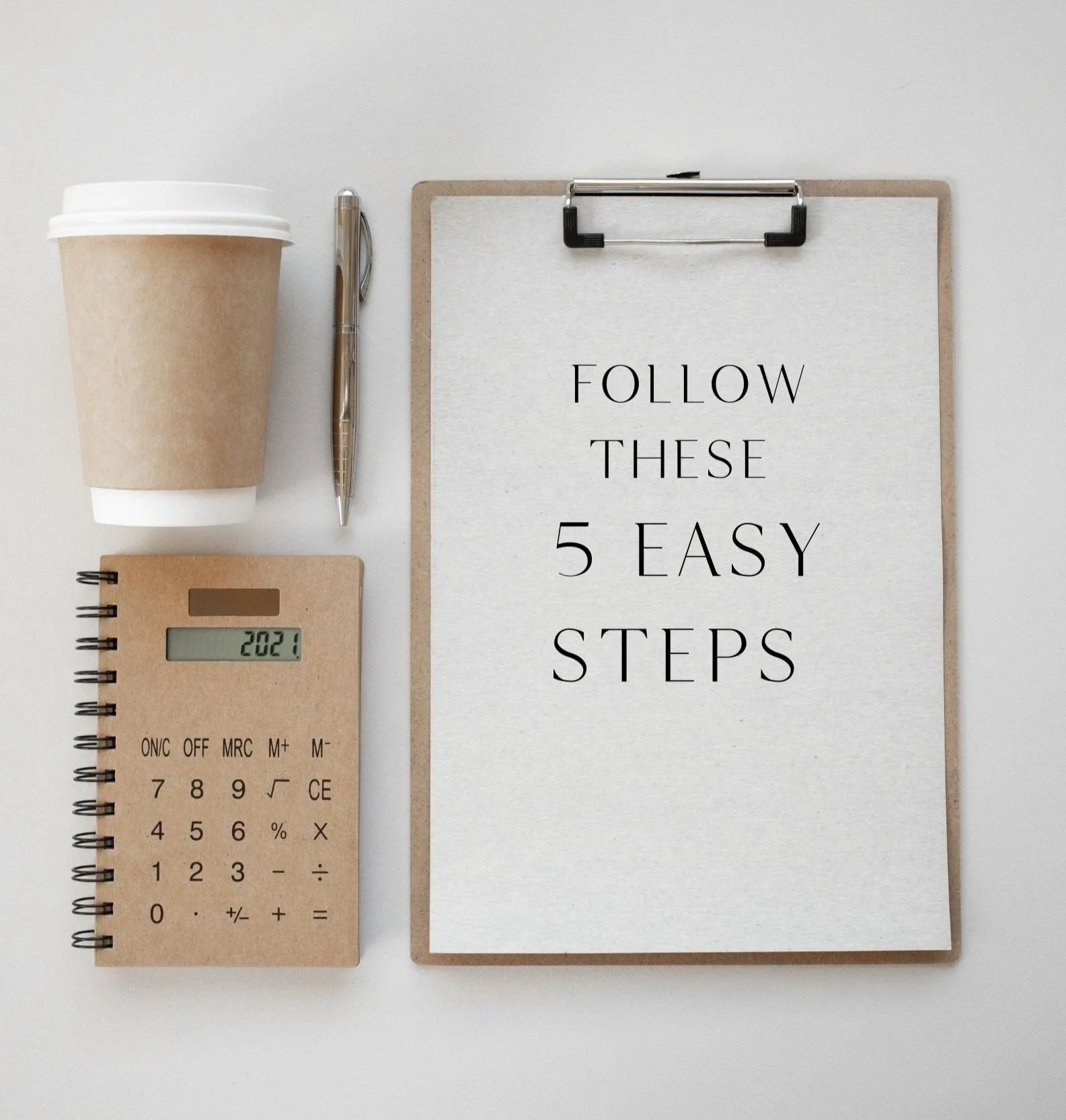Top Tips for Setting Your Wedding Budget
One of the first questions any Wedding Planner or Stylist will ask you is what is your budget? This can be difficult for some couples to answer. I understand however that this is one of the most daunting tasks of wedding planning and most people will not have hosted an event to this scale before let alone one of such personal significance!
Setting a budget or proposed spending limit from the outset for your wedding is critical. It’s also one of the most common mistakes. Setting an initial budget means that you will be able to give your Planner or yourselves parameters to work within and stop costs spiralling out of control. You wouldn’t want to get halfway through wedding planning and realise you haven’t left enough money in the bank for that dream dress or wedding cake?
Personally, I will never provide clients with average wedding costs as these are completely unique to each couple and their preferences. For example, you may want to fill your reception space with an abundance of gorgeous blooms but are not as interested in having a Videographer or Live Band – another couple will be the complete reverse. I can of course advise you on budget expectations that fit your vision, and costs that you won’t have considered, however this will be bespoke to your wedding and your dream outcome.
To help you set a wedding budget, here are my top 5 tips to follow:
1) Crunch Those Numbers
First of all it is important to work out what you as a couple and individuals are willing to spend overall on your wedding. Do you have savings that you wish to contribute, are family members or friends helping either in terms or money or useful skills? These are all important questions to ask yourself and each other as this will help determine your overall budget and timeline if you do need to save those important $ to make your dream wedding a reality.
2) Prioritise and Itemise
Discuss with your partner what your top priorities are and don’t be surprised if they differ. You can then create a rough budget breakdown and proportion your budget accordingly to create your dream wedding team. Don’t worry, this isn’t set in stone but will act as a useful guideline for you when approaching suppliers.
3) Keep Track
Your Wedding Planner can absolutely help with a budget tracker if you have one. Your draft budget should be sectioned to capture all elements including as much detail as possible. You should have a central place to keep track of quotes as well as invoices and payments down the line.
4) Start Big
Once you have your draft budget tackle the larger costs first like your venue and catering. Collecting these quotes first will help give context to the the rest of your proposed budget and the flexibility to move things around should you need to. Keep in mind that blank canvas venues that may seem cheaper can cost more in styling elements (although I adore transforming blank canvas venues into something completely original for our couples!).
5) Plan for Surprises
Building in a small contingency doesn’t hurt. There are always minor costs that often go unaccounted for, such as additional travel costs for suppliers from outside your area or that last minute guest that you now need to factor in. If you have a little extra set aside you won’t sweat the small stuff!
I hope that by using these 5 steps you will find it easier to plan your wedding budget more effectively.
Of course, having a Wedding Planner means that costs will be considered and managed throughout. For our Planning clients Fenn Studio will assist with your personal budget breakdown, setting expectations and allocating funds based on our experience and your brief.
Should you wish to work with Fenn Studio, drop us a note hello@fennstudio.com. I also offer consultation hours should you need some tailored advice to help get you on the right track with your budget.
Always,


